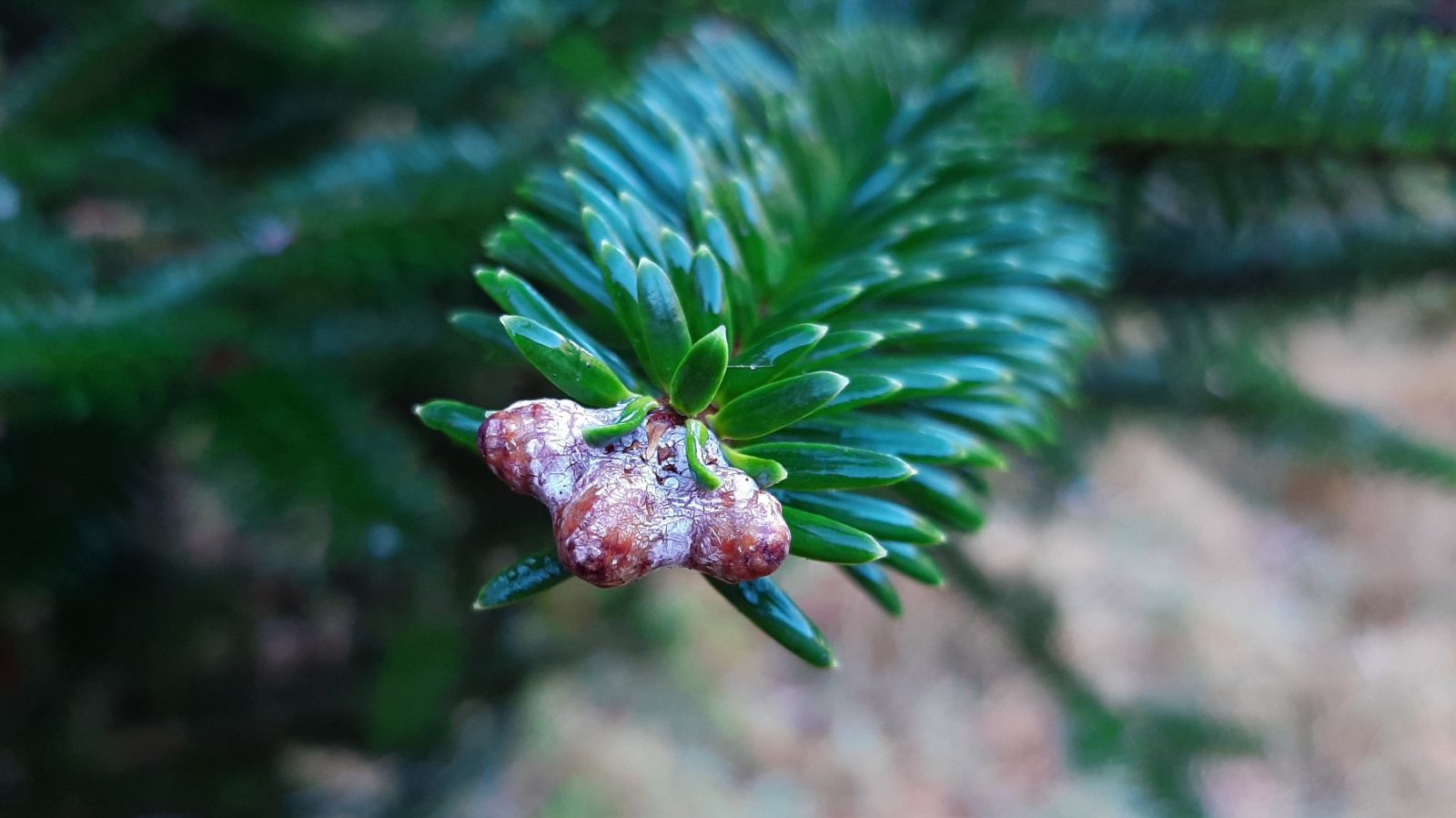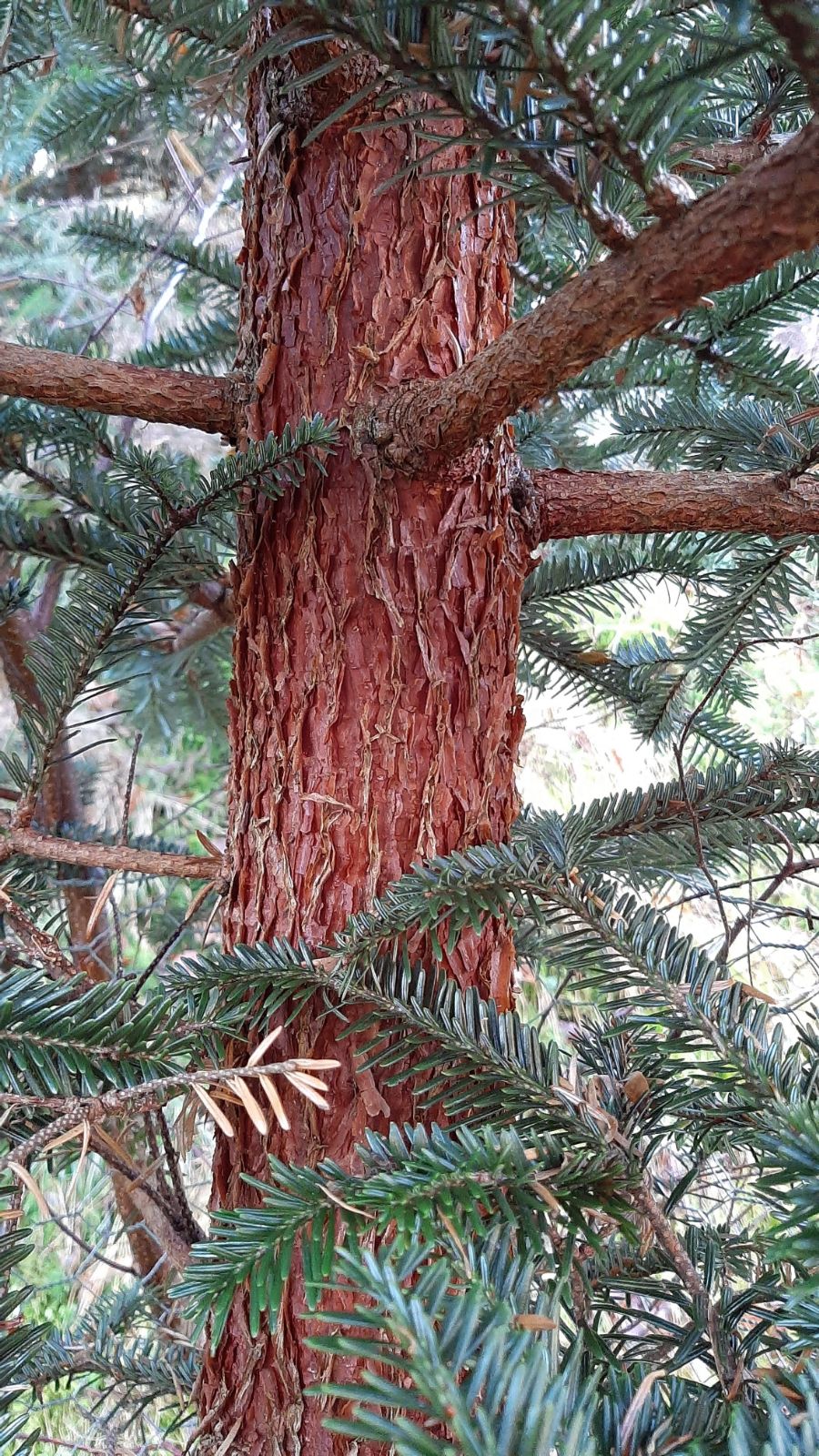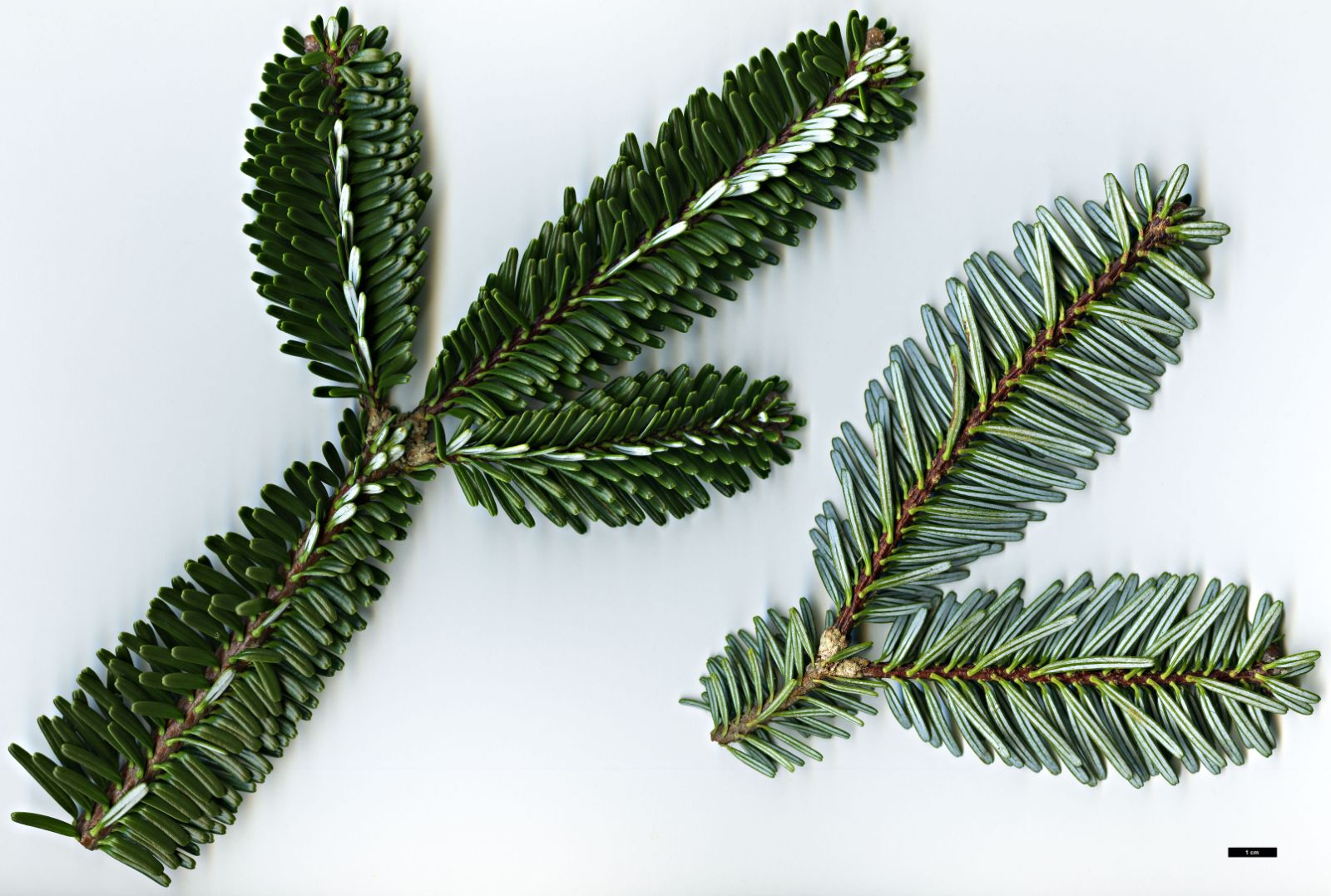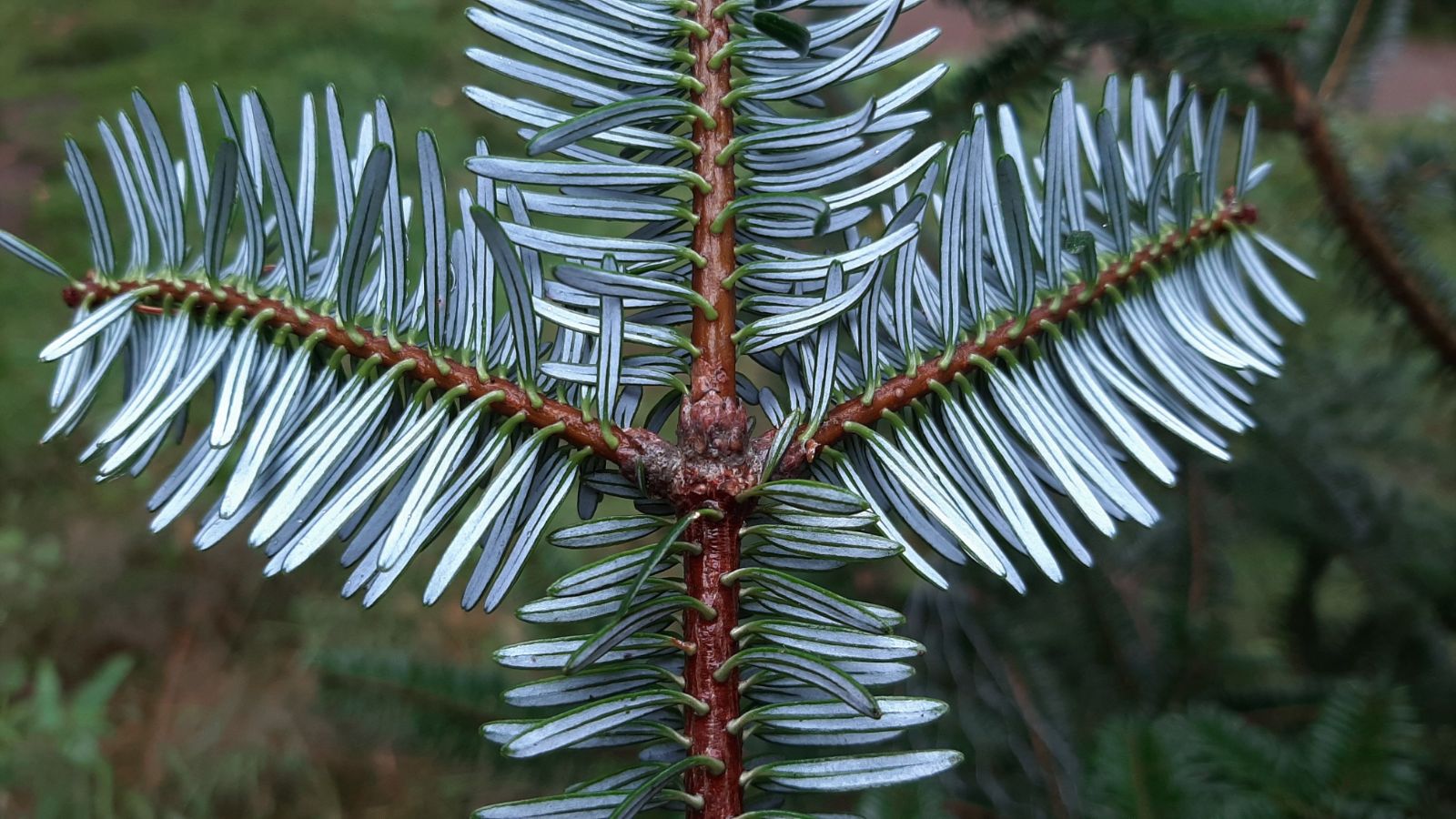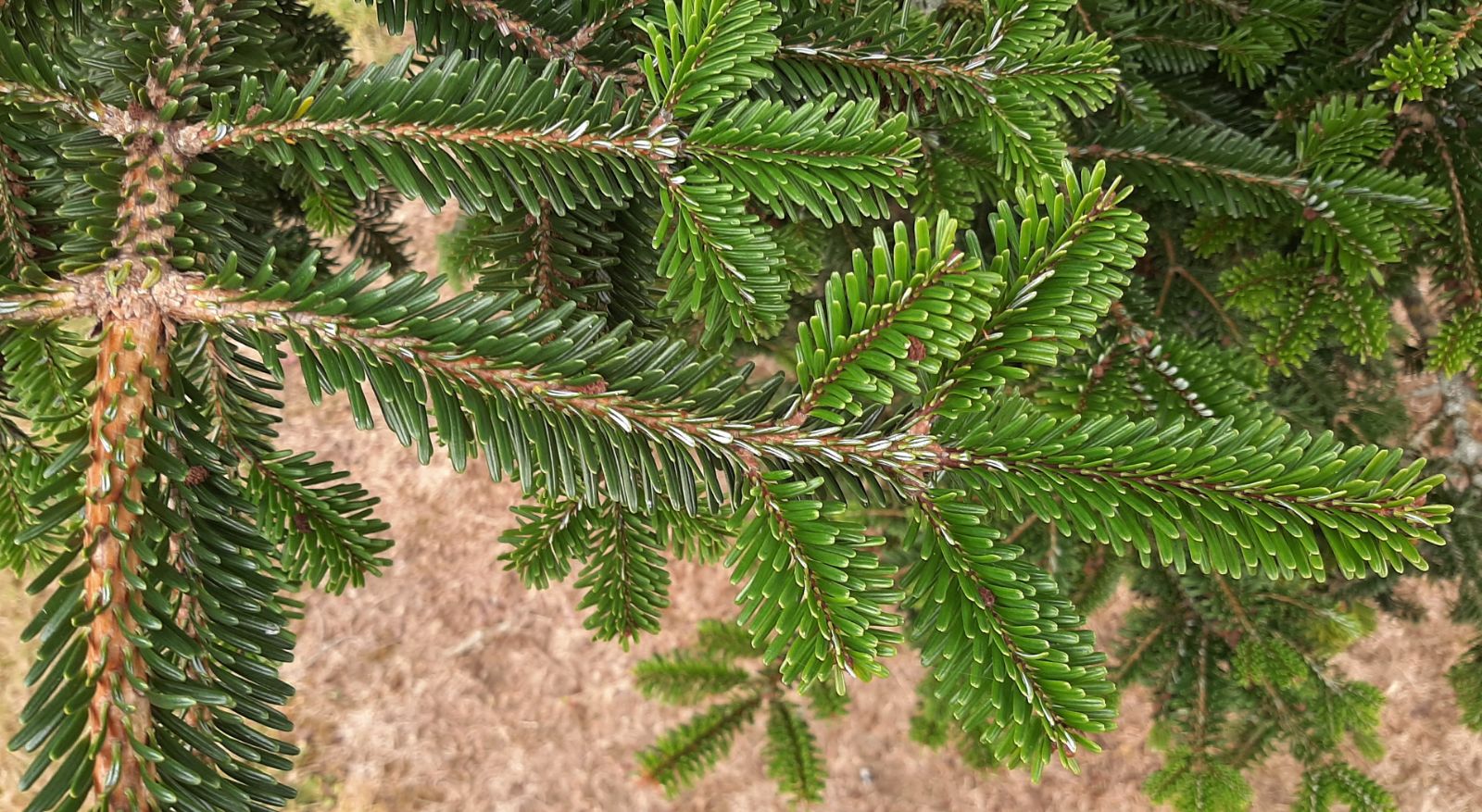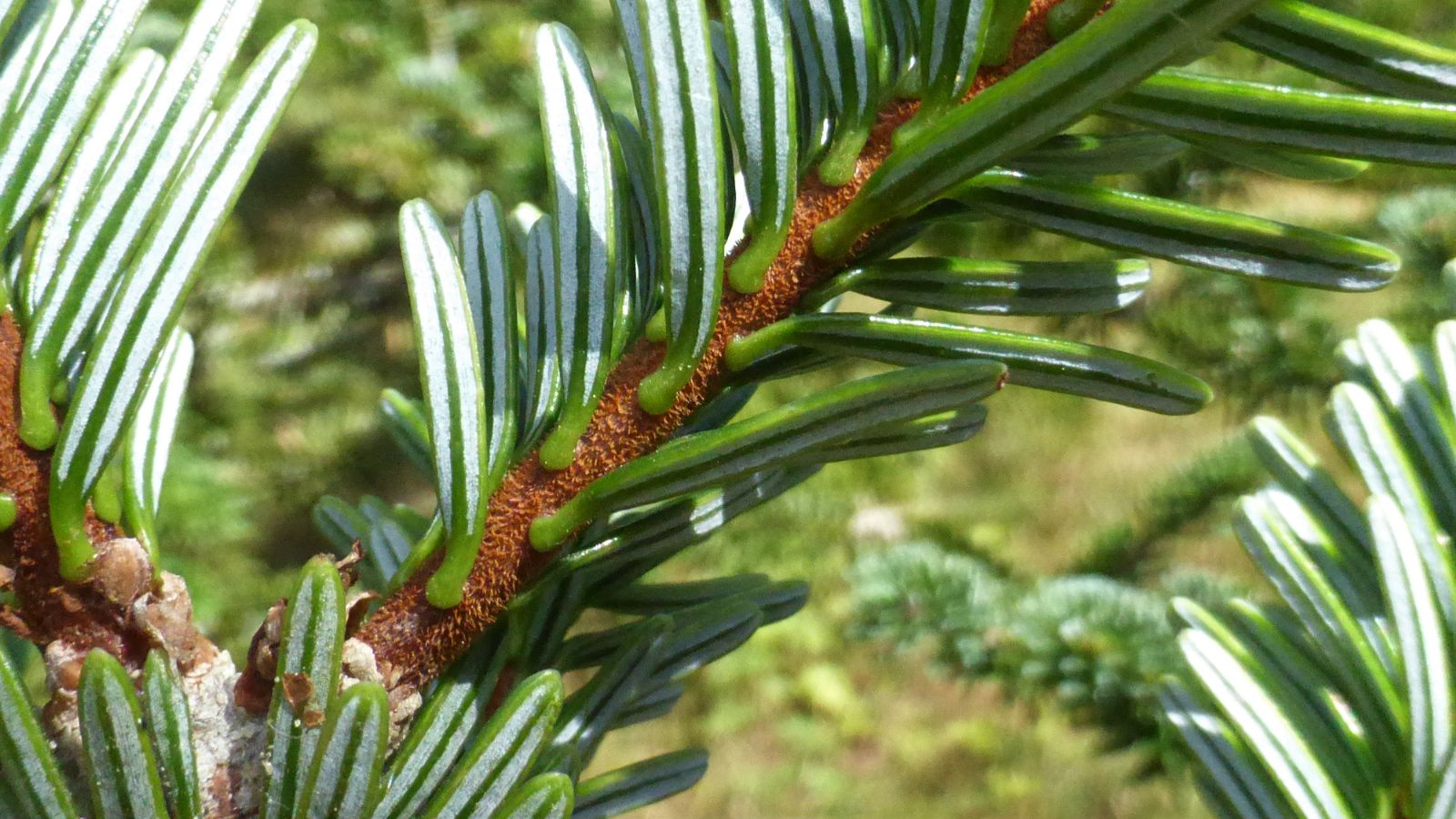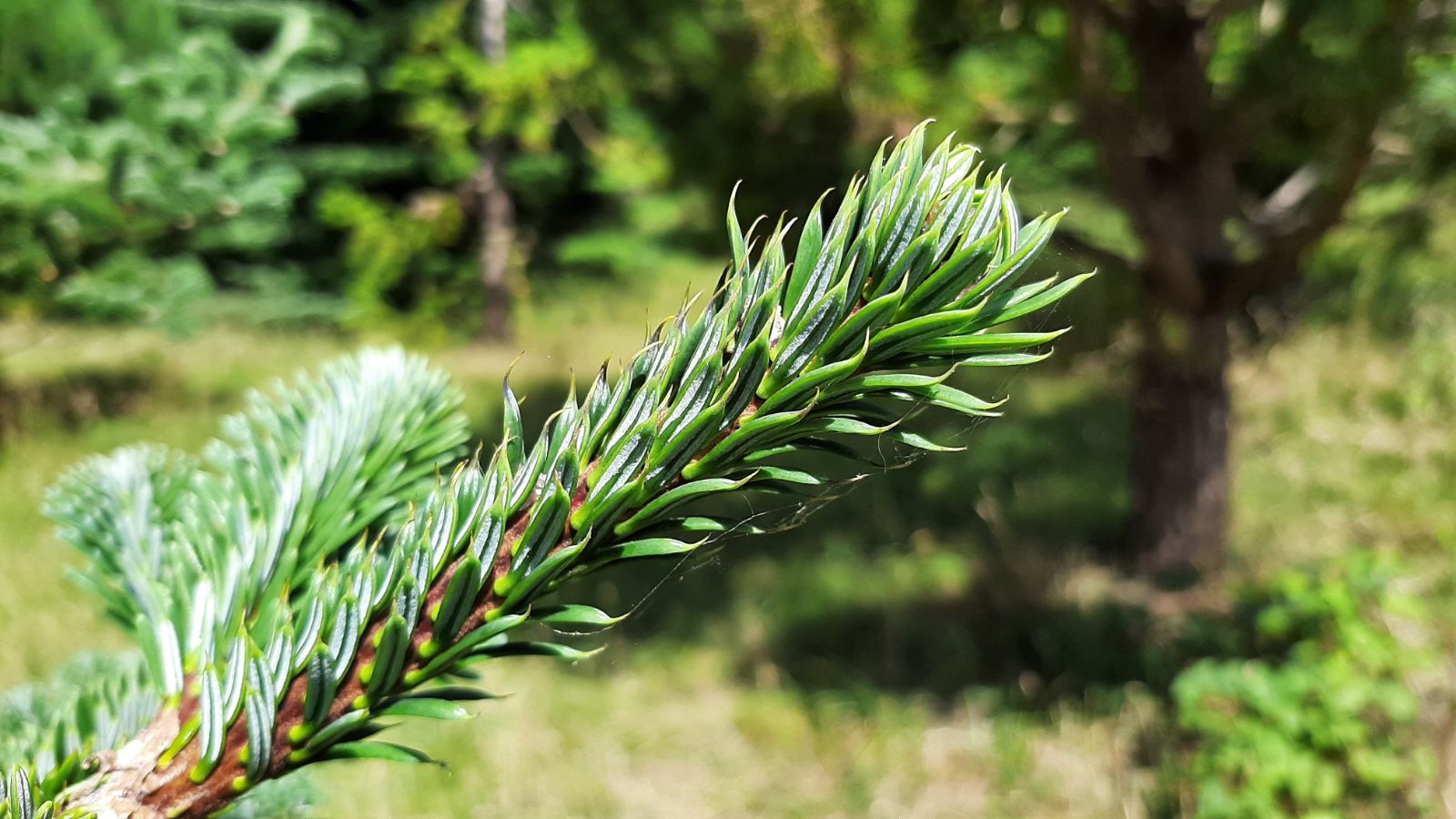Abies fargesii
Sponsor
Kindly sponsored by
Sir Henry Angest
Credits
Tom Christian (2021)
Recommended citation
Christian, T. (2021), 'Abies fargesii' from the website Trees and Shrubs Online (treesandshrubsonline.
Genus
Common Names
- Farges Fir
- Bashan lengshan
Synonyms
- Abies fargesii var. sutchuenensis Franch.
- Abies sutchuenensis (Franch.) Rehder & Wilson
- Abies kansouensis Bord.-Rey & Gaussen
Infraspecifics
Other taxa in genus
- Abies alba
- Abies amabilis
- Abies × arnoldiana
- Abies balsamea
- Abies beshanzuensis
- Abies borisii-regis
- Abies bracteata
- Abies cephalonica
- Abies × chengii
- Abies chensiensis
- Abies cilicica
- Abies colimensis
- Abies concolor
- Abies delavayi
- Abies densa
- Abies durangensis
- Abies ernestii
- Abies fabri
- Abies fanjingshanensis
- Abies fansipanensis
- Abies ferreana
- Abies firma
- Abies flinckii
- Abies fordei
- Abies forrestii
- Abies forrestii agg. × homolepis
- Abies fraseri
- Abies gamblei
- Abies georgei
- Abies gracilis
- Abies grandis
- Abies guatemalensis
- Abies hickelii
- Abies holophylla
- Abies homolepis
- Abies in Mexico and Mesoamerica
- Abies in the Sino-Himalaya
- Abies × insignis
- Abies kawakamii
- Abies koreana
- Abies koreana Hybrids
- Abies lasiocarpa
- Abies magnifica
- Abies mariesii
- Abies nebrodensis
- Abies nephrolepis
- Abies nordmanniana
- Abies nukiangensis
- Abies numidica
- Abies pindrow
- Abies pinsapo
- Abies procera
- Abies recurvata
- Abies religiosa
- Abies sachalinensis
- Abies salouenensis
- Abies sibirica
- Abies spectabilis
- Abies squamata
- Abies × umbellata
- Abies veitchii
- Abies vejarii
- Abies × vilmorinii
- Abies yuanbaoshanensis
- Abies ziyuanensis
Trees to 40 m × 1.5–2 m dbh. Crown conical or pyramidal, often narrowly so. Bark of young trees smooth at first, later finely to exaggeratedly flaky usually after only a few years but sometimes not for many; in mature trees rough, fissured, often deeply so in the bole with distinctive flat-topped longitudinal ridges, reddish- or brownish- grey. First order branches thick, short, spreading, relatively sparse; second order branches spreading, assurgent in the outer crown or pendant in shade. Branchlets slender, firm, assurgent or horizontal, distinctly purple or dark maroon, occasionally paler on weaker shoots, shallowly grooved, glabrous or finely pubescent in grooves of first year shoots. Vegetative buds ovoid-oblong to subglobose, (4–)5–8 × 4–5 mm, slightly resinous. Leaves densely set on the shoots in several ranks, longest in the upper half of each year’s growth, gradually decreasing in length toward the shoot tips, (1–)1.5–3(–4.5) cm × 2–3.5 mm, twisted at base, margins flat or nearly so, apex emarginate (rarely obtuse or weakly bifid), glossy green above, with two white or glaucous-white stomatal bands beneath. Pollen cones crowded, axillary, short, yellowish with red microsporophylls. Seed cones sub-sessile, ovoid-oblong or -cylindrical, apex obtuse or umbilicate, (3–)5–10 × 3–4 cm, violet-purple when young, purplish- or reddish-brown at maturity; seed scales cuneate-flabellate or reniform-flabellate, 0.8–1.2 × 1.5–2 cm at midcone; bracts slightly exserted at maturity. (Farjon 2017; Debreczy & Rácz 2011; Fu, Li & Mill 1999).
Distribution China S Gansu, W Henan, W Hubei, S Shaanxi, Sichuan
Habitat Mountain forests, 1500–3900 m asl. At lower elevations it may be seen in association with conifers including A. chensiensis, A. ernestii, Picea purpurea, and P. wilsonii. Higher up it occurs with Larix potaninii, Juniperus and Rhododendron spp.
USDA Hardiness Zone 6-8
RHS Hardiness Rating H7
Conservation status Least concern (LC)
Abies fargesii is one of the more widely distributed Chinese firs. It extends ‘from the eastern margin of the Tibet-Qinghai Plateau to southeastern Gansu, southern Shaanxi, western Henan, western Hubei, and northern Hunan’ (Debreczy & Rácz 2011). Over this large area it inevitably shows considerable variation, at least some of which can be explained by changes in variables such as altitude, the nature and timing of precipitation, and so on. Several authors have attempted to circumscribe this variation by describing additional taxa even from the outset. When Franchet published A. fargesii in 1899 he described a variety, var. sutchuenensis, at the same time; Rehder and Wilson elevated Franchet’s variety to species rank in 1914, and at the same time they published A. faxoniana based on Wilson’s gatherings in Sichuan; later, Bordères-Rey and Gausson published A. kansouensis in 1944. (Farjon 2001). Liu took a typically broad view of this suite of names, returning sutchuenensis to varietal level, sinking A. kansouensis into synonymy with var. sutchuenensis, and reducing A. faxoniana to a variety of A. fargesii (Liu 1971).
Toward the end of the 1980s Keith Rushforth had the opportunity to examine a broad sample of herbarium material pertaining to this complex of names, including the type material of A. faxoniana. He concluded that the type sheets of A. faxoniana actually represented two taxa, one indisputably referable to the A. fargesii complex, but the other distinguished by him and by this account as A. fabri subsp. minensis – see that article for further discussion. Rushforth further concluded that A. sutchuenensis, A. faxoniana, and A. kansouensis all fall ‘within the variation of A. fargesii’ (Rushforth 1986).
This revision set the scene that is now adopted in most modern works, which usually accept A. fargesii and a single variety, A. fargesii var. faxoniana, with all other names falling into synonymy of one or the other. This seems a convenient compromise to adopt here, at least until further elucidations offer a preferable alternative. Both the Flora of China (Fu, Li & Mill 1999) and Conifers Around the World (Debreczy & Rácz 2011) follow this treatment, but Farjon continues to recognise var. sutchuenensis (Farjon 2017). Var. faxoniana can be distinguished by its densely hairy shoots that are often slightly paler than those of the type (though still obviously red or maroon; cf. glabrous shoots which are usually distinctly purple or very dark maroon) (Debreczy & Rácz 2011). It also has a (relatively) restricted distribution at the southern end of the species’ range, in southern Gansu and Sichuan provinces, where it has a narrower altitudinal range than the type (2700–3900 m cf. 1500–3700 m) (Fu, Li & Mill 1999). Being a tree of higher altitudes, it may be generalised that collections of var. faxoniana show less variation in gardens, all being reasonably well suited to the same conditions that generally favour Sino-Himalayan firs. Collections of var. fargesii, on the other hand, can exhibit far greater variation, and these can stagnate or excel depending on provenance. Historic collections of var. fargesii persist in multiple collections, for example Wilson 4451, Yu 14267, and Rock 14930 are all extant at the Arnold Arboretum (Arnold Arboretum 2020). The Arnold used to grow to Purdom’s 405 and 823, but it isn’t clear whether these are still represented by living material elsewhere.
At Gothenburg Botanic Garden in Sweden, climate modelling for future resilience led collecting teams to the Qinling Mountains in Shaanxi Province. From this area, characterised by cold winters, cool summers, and relatively low precitpitation, young trees of A. fargesii var. fargesii are establishing beautifully in the Botanic Garden’s Landscape Arboretum (pers. obs. 2020). Interestingly, these young trees show some similarities with A. fanjingshanensis from much further south; both have relatively broad leaves with brilliant white stomatal bands beneath, so densely set on some shoots as to prevent one from seeing between them, just like in Cephalotaxus oliveri. Material from the same provenance is cultivated in North America under NACPEC QLG-179 (Arnold Arboretum 2020).
In its broadest interpretation A. fargesii includes the Fanjingshan Fir, A. fanjingshanensis, which is usually considered a distinct species, but its affinities with A. fargesii are clear to see and it has in the past been treated a variety. Farjon (2017) suggests that it may only be a subspecies and given its geographic isolation from all other forms of fargesii, this rank would be more appropriate than variety. It is maintained at species rank here, at least until such time as it has been better studied.
var. faxoniana (Rehder & Wilson) Liu
Synonyms
Abies faxoniana Rehder & Wilson
Abies delavayi var. faxoniana (Rehder & Wilson) A.B. Jackson
Differing from the type in its shoots, often slightly paler in colour and with a dense covering of short ferruginous pubescence (at least in the first year on side shoots; strong leading shoots may still be glabrous); vegetative buds c. 4–5 × 4 mm. (Farjon 2017; Fu, Li & Mill 1999).
Distribution
- China – S Gansu, Sichuan
RHS Hardiness Rating: H7
USDA Hardiness Zone: 5-7
This rather weakly defined variety was first introduced from north west Sichuan by Wilson in 1910, under W 4060. Several other introductions from the same expedition are often cited under this taxon but actually represent A. fabri subsp. minensis, these include W 4052, 4069, and 4070 (Rushforth 1986). Several Joseph Rock collections under this name are genuine, including Rock 14989, which is extant in several collections in our area. The more recent gatherings of the BCHM collecting team, working in Sichuan in 2011, may include this taxon. Several plants of BCHM 114 in particular are a good match, but several other numbers remain unconfirmed. NACPEC 05–021 from Gansu also belongs here, and is growing in several North American collections (Arnold Arboretum 2020). It is debatable whether this taxon merits continued distinction from A. fargesii s.l. – the hairy shoots are the only really useful character – but on balance it seems prudent to continue to accept it, at least for the time being.



